From new gestures to extending battery life, here's everything you need to know about Android Pie!
Following last year's Oreo release, 2018 is the year of Android 9 Pie.
Google's latest flavor of Android is jam-packed with all sorts of new features, including a brand-new gesture navigation system, new UI elements, and a heap of under-the-hood tweaks that aim to make this the best version of Android to date.
Without further ado, here's everything you need to know about Pie!
The latest Android Pie news
November 13, 2018 — Samsung phones may finally get adoptable storage with Android Pie
Back in 2015 with the release of Android Marshmallow, one of the highlight features was the introduction of adoptable storage — the ability to choose if you want to use Micro SD cards as extra phone storage or portable storage. It's proven to be extremely helpful over the years, but for whatever reason, Samsung phones have never supported it.
The folks at SamMobile recently got their hands on an early build of Android Pie for the Note 9, and as you can see from the screenshots above, adoptable storage is finally enabled.
Adoptable storage doesn't actually work in this early build, but it's expected that it'll be fully functional once the final release comes about in January.
October 13, 2018 — Cloud backups get more secure on Android Pie with Titan
Google's automatic cloud backups for Android are a nice fail-safe to have; even if your phone breaks or fries, you can use these backups to restore at least some of the data you kept on your phone. Because these backups contain some vital and in some cases very personal data, it's important that these backups be protected, and starting with Android Pie, they're getting even more secure.
By combining Android's Backup Service and Google Cloud's Titan Technology, Android Pie device backups can take advantage of the Titan security chip and add an extra layer of encryption to backed-up application data. In a Google Security Blog, Google stated that "this decryption key is encrypted using the user's lockscreen PIN/pattern/passcode, which isn't known by Google. Then, this passcode-protected key material is encrypted to a Titan security chip on our datacenter floor."
Another big note to make from this is that it will be much harder for a would-be attacker to try and brute-force their way into your backups. "The limited number of incorrect attempts is strictly enforced by a custom Titan firmware that cannot be updated without erasing the contents of the chip. By design, this means that no one (including Google) can access a user's backed-up application data without specifically knowing their passcode." And to back up their claims of how hard this will be to circumvent, Google brought in the NCC Group to run a full audit of the new system, the results of which were posted along.
What does all of this mean? It means your cloud backups should be more secure, which is great. Now we just need more apps to actually work with cloud backups in the first place.
August 27, 2018 — Android Pie brings full Xbox One controller support with button mapping fix
If you're fortunate enough to already have a phone running Android Pie, you may notice it works much better when paired with an Xbox One controller for gaming. As of Android's latest update, Google has added full support for Microsoft's controller, correcting some button mapping issues that players were experiencing prior to Pie's release.
Though Xbox controllers have been shipping with Bluetooth on board for some time, the experience of pairing them up with an Android device hasn't exactly been smooth. A number of users have reported issues with button mapping that hinder their usefulness. But, as spotted by XDA Developers (via The Verge), a Google engineer recently closed a bug report related to the problem on its issue tracker. "This bug should be fixed in P," the engineer said, noting that the bug report is now marked as fixed.
This is big news for a large swathe of games, where ditching your digits for the elegance of a controller may be preferable. CNET reports, for example, that Fortnite will soon add Bluetooth controller support, making it much easier for those looking to jump between Xbox and mobile to do so without losing the finesse of a controller. This could potentially be big news for a future where Xbox games are streamed to mobile devices for triple-A gaming on the go.
August 23, 2018 — App Actions pops up in the Play Store
App Actions — the Android Pie feature that uses machine learning to predict what you want to do with various apps — now has its own listing on the Google Play Store.
Listed as "Action Services", the new item is listed under the Tools category and is described as "Predicting next actions using on-device machine learning."
Even if you see this in the Play Store, there's no actual app shortcut or anything for it. Instead, it's simply there for easier updates going forward as Google evolves the service.
Are you seeing Action Services in the Play Store on your Pie device?
August 15, 2018 — Android 9 Pie (Go Editon) is coming this fall
With Android Oreo, Google launched a special "Go Edition" of it that was designed specifically with lower-end hardware in mind. With Pie, that same idea is continuing (and getting better) with Android 9 Pie (Go Edition).
Android 9 Pie (Go Edition) is keeping everything that made its Oreo sibling great while also adding faster device boot times, a dashboard for tracking your data usage, verified boot + other security features, and comes with an extra 500MB of internal storage compared to Oreo's version of Go (5.5GB vs. 5.0GB).
In other Go news, Google says that more than 100 OEMs will have Go phones on the market before the end of the year and that there are already 200+ devices available in over 120 countries.
August 15, 2018 — A fix is coming for slow-charging speeds on Pixel and Pixel XL running Pie
Google's Pixel and Pixel XL are among the first smartphones to be treated by the Android 9 Pie update, but after getting the new software, users have been complaining about slow charging speeds with both the official charger that's included with the phones and third-party ones. This bug's been reported by both Pixel and Pixel XL owners, so we're glad to hear that a fix is on the way.
According to The Verge, Google's currently testing a software update that resolves the issue. In a statement that was sent to the publication, Google said:
We're aware of an issue where non-Power Delivery (PD) USB-C chargers no longer rapidly charge the 2016 Pixel and Pixel XL after the upgrade to Android 9 Pie. The 18W rapid charger included in-box is a PD charger and does not exhibit this behavior. We are verifying a fix for non-PD USB-C chargers and will roll it out in the coming weeks.
A clearer timeframe than "the coming weeks" would be nice, but nonetheless, it's great to hear that these troubles with be over with soon.
August 6, 2018 — Google releases Pie's OTA images for Pixel and Nexus devices
If you're eager to start using Pie ASAP, Google's got you covered.
The full OTA images have already been released, meaning you can grab them and flash Pie onto your Pixel or Nexus phone this very second.
Go, go, go!
August 6, 2018 — Google unveils Android Pie statue at the Googleplex
Every new version of Android is represented by a statue at Google's Mountain View campus, and with Pie going live, Google has unveiled the Android Pie statue.
The unveiling didn't have the same fanfare as last year, where Google held events in New York and Mountain View to launch Oreo. With Pie out of the way, it's time to start guessing what Android Q will be called next year.
August 6, 2018 — The Essential Phone is already being updated to Pie
Oh man — that was fast!
Just a few minutes after Google announced that Android Pie will begin rolling out to its Pixel phones, Essential announced on Twitter that the Essential Phone is also getting its Pie update today.
We’re proud to bring Android 9 Pie to Essential Phone the same day it’s released! Check your phone now for the update. 🥧 pic.twitter.com/pniUDl9yr8
— Essential (@essential) August 6, 2018
This is the first non-Pixel phone to get the Pie update so far, and as more are announced, we'll update this article accordingly.
August 6, 2018 — Android Pie is here!
After months and months of waiting, Google's officially announced that Android P is Android 9 Pie.
As expected, the update will roll out to Pixel and Nexus devices first with OEMs involved in the Android Beta Program to follow. Pixel phones will begin receiving the Pie update today, and while we don't have any exact dates yet as to when Pie will be available for the other beta program phones, it should be at some point this fall.
Android 9 Pie is official and the update is starting today
August 2, 2018 — Android P tipped for August 20 launch
We're expecting the final version of Android P to land any time now, and according to Evan Blass on Twitter, the new software is slated for a release on August 20.
— Evan Blass (@evleaks) August 2, 2018
That date lines up with the release schedule Google previously published, not to mention the fact that Oreo was released on August 21 last year.
Now, what in the world will it be called? 🤔
July 25, 2018 — Google pushes Android P Beta 4
"Android P is almost here!" That's how Google starts its blog post introducing Android P Beta 4, also known as Developer Preview 5, which is available on all supported devices starting today.
According to Google, "Today's Beta 4 update includes a release candidate build with final system behaviors and the official Android P APIs (API level 28), available since Beta 2. It includes everything you need to wrap up your testing in time for the upcoming official Android P release." In other words, this is basically the same version that will ship to Pixels later in August, when the public version is released.
How to install Android P on your Pixel right now (or roll back to Oreo)
July 20, 2018 — Android P engineers discuss dark mode, gestures, and more in Reddit AMA
Leading up to the official launch of Android P in about a month or so, the development team behind the new update recently got together for an AMA on Reddit to answer technical questions about P.
The dev team covered a ton of stuff, but there are a few highlights worth pointing out here. First off, when it comes to Android P's gesture navigation, they had this to say:
We evaluated many, (MANY!) options for navigation as part of this overall change to the system spaces (worth noting that our main impetus was about making All Apps/Overview more accessible from wherever you are in the system, similar to the notification shade). HOME and BACK are so central to Android navigation (both the system and the apps) - that ensuring the dependability of them via buttons with enough space led us to the current design. All that said - we really value both the aesthetic and functional appeal of a smaller nav bar / more gross-gesture navigation and are continuing to explore opportunities to bring that in.
A system-wide dark mode has also been on the minds of many, and to not much surprise, it was said that Google doesn't "have anything to announce about a unified dark mode."
The team also explained how maintaining Project Treble is actually more difficult than past efforts, said a fix is coming for Android's awful sharing menu, and more.
Read through the full AMA here
All the big details
Android P is officially Android 9 Pie
No Popsicles or Pineapples here. On August 6, 2018, Google revealed that its next version of Android is Android 9 Pie.
Along with the name change, the number this year is also slightly different. Rather than following the trend of 7.0, 8.0, etc., Pie is referred to as 9. This probably doesn't mean much in the grand scheme of things, but it's still an interesting move on Google's part.
Check out our full review!
Every new Android version builds upon the previous one, meaning that each new update is better than the last.
However, in day-to-day use, how does really Pie hold up? What's it like using the new gestures instead of the traditional navigation buttons? How do the subtle UI tweaks compare to Oreo? What's performance like?
All those questions and much, much more are answered in our full review, so be sure to give it a read and watch!
Android 9 Pie review: Greater than the sum of its slices
How to upgrade to Pie
We could talk about Android Pie all day long, but if you don't know how to actually use the new software for yourself, what's the fun in that?
Most users will likely upgrade to Pie via a simple OTA update, but if you don't feel like waiting on Google to serve that to you, you can manually flash it on your phone, too.
Jerry's got all the details of how to start using Pie right now, so be sure to give his guide a look.
How to install Android Pie on your Pixel right now (or downgrade to Oreo)
See what Google has to say about Pie in our interview with Android's UX Manager
Android Pie is a big deal for Google. Between the gestures, digital wellbeing initiative, and more, there's a lot going on all at once.
Andrew recently had the chance to talk with Android's UX Manager, EK Chung, about all things Pie to get a better understanding of why this is such a big release for the company.
This is a longer read, but it's absolutely worth a look if you want a deeper understanding of what all went into crafting Pie into the final build that we have today.
Interview: Google's EK Chung on Android 9 Pie design, simplicity and digital wellbeing
It completely changes Android's navigation system
Back in 2011 with Android 3.0 Honeycomb, Google introduced Android's iconic three-button navigation system we've come to know and love – Back, Home, and Recents. Seven years later with Android Pie, these are being eliminated in favor of a gesture-based system.
Android Pie is the first time Google's heavily relying on gestures for navigating the UI, and in their current form, they work as follows:
- Tap the Home button/pill to go home
- Swipe up to access the recent apps page
- Swipe up twice or do a long swipe for the app drawer
- The Back button only appears in certain apps/menus when it's needed
This combination of taps and swipes can be confusing at first, but with enough practice and patience, are fairly easy to master in a short amount of time. Phones that are updated to Pie will still use the three-button nav by default, but if you want to turn them on, doing so is fairly simple.
Going forward, phones like the Pixel 3 will have gestures turned on by default with no way to revert back to them. So, while you can keep using your Back, Home, and Recents for now, you'll need to get aclimated with the gestures sooner or later.
How to master the new Android Pie gestures
The user interface is more rounded and colorful
Android Pie isn't as drastic of a visual change like we saw with the jump from KitKat to Lolipop, but compared to Oreo, there are some elements that are noticeably different.
At first glance, things like the colorful icons in Settings, circular Quick Settings icons, and rounded corners for just about every menu jump out like a sore thumb. These elements do take some getting used to, but I ultimately came around to liking them quite a bit.
Something else you'll notice with Pie is just how alive it feels. Between the new gestures and updated animations, Android moves in a way that I've never seen before. Oreo was smooth and buttery, but Pie flies underneath your fingertips in a way that can only be experienced in-person.
There are tools for helping you use your phone less
Google talked a lot about helping people with their "digital wellbeing" at this year's I/O conference, and a lot of those efforts are baked right into Android Pie.
Although not live quite yet, later versions of Pie will introduce a new system called Android Dashboard. Android Dashboard will offer a quick glimpse into how you're using your phone, including stats on which apps you're using the most, how many times you've turned on the screen, how many notifications you've received, and how much time you've spent on each app.
You'll also find a feature called App Timers that'll restrict you from using a certain app after you've spent x amount of time on it, as well as tools for easily turning on Do Not Disturb and switching your screen to a monochrome color palette to help you wind down for bed.
Google's Digital Wellbeing initiative: Everything you need to know
Google's trying to squeeze as much juice as possible out of your battery
It seems like Google's always trying to find ways to maximize your phone's battery life as much as possible, and with Android Pie, those efforts are present in a new Adaptive Battery mode.
Similar to how Adaptive Brightness automatically adjusts your display's brightness level based on your environment and usage, Adaptive Battery will examine how you use your phone and limit CPU usage to apps you infrequently use.
Google notes that Adaptive Battery can lower CPU usage by as much as 30%, and thanks to the use of Machine Learning, it'll only get better the more you use your phone.
How to save battery life on Android Pie
App shortcuts are everywhere
With Android Nougat, Google introduced us to App Shortcuts for the first time. Holding down on an app icon to quickly access certain elements of it can be genuinely useful at times, and with Android Pie, Google's taking these to the next level with App Actions and Slices.
App Actions will try to determine what you'll do next with your phone and give you recommend shortcuts for doing so within the app drawer, Assistant, and more. For example, if you watch Good Mythical Morning each day with breakfast, you might see an App Shortcut in your app drawer for searching Rhett and Link on YouTube during the morning.
On the other hand, Slices will allow you to perform more complex actions from the Assistant or Google Search. In the example Google gave at I/O, searching "I want to book a ride" will give you a special link to call a ride home via Lyft (assuming you've got the app installed).
Android Pie features you'll love: App Actions
157 new emoji
In Android 9, Google's added a ton of new emojis to keep your conversations bright and colorful — 157 of them, to be exact.
Although we won't run through the entire list, some of the highlights include red hair, superhero, face with three hearts, bagel with cream cheese, mooncake, lobster, and llama.
There are also improvements to existing emoji, including two new gender-neutral family and couple designs and updated looks for the bacon, salad, turtle, and cricket emojis.
Check out all of the new emoji here!
A new standard for biometric authentication
Fingerprint sensors and face unlock systems make it easier than ever to access private information on our phones, and in Android P Developer Preview 3, Google added a brand-new standard for this called "BiometricPrompt API."
Thanks to the new API, developers no longer have to create their own dialog for using biometric systems with their apps. This isn't something you'll notice in day-to-day use, but it's an important background change we're more than happy to see.
Android Pie features you'll love: Better, faster biometrics
All the little things
In addition to the big changes found in Android Pie, there are a ton of smaller elements also scattered throughout the update. Some of my favorites include:
- Built-in screenshot editor
- Zoom pop-up when highlighting text
- Changing the volume now defaults to your media volume
- Volume controls appear on the right of your screen instead of the top
- Do Not Disturb is more customizable and easier to understand
Updated August 6, 2018: This article was revamped/refreshed with up-to-date content now that Android Pie is official!
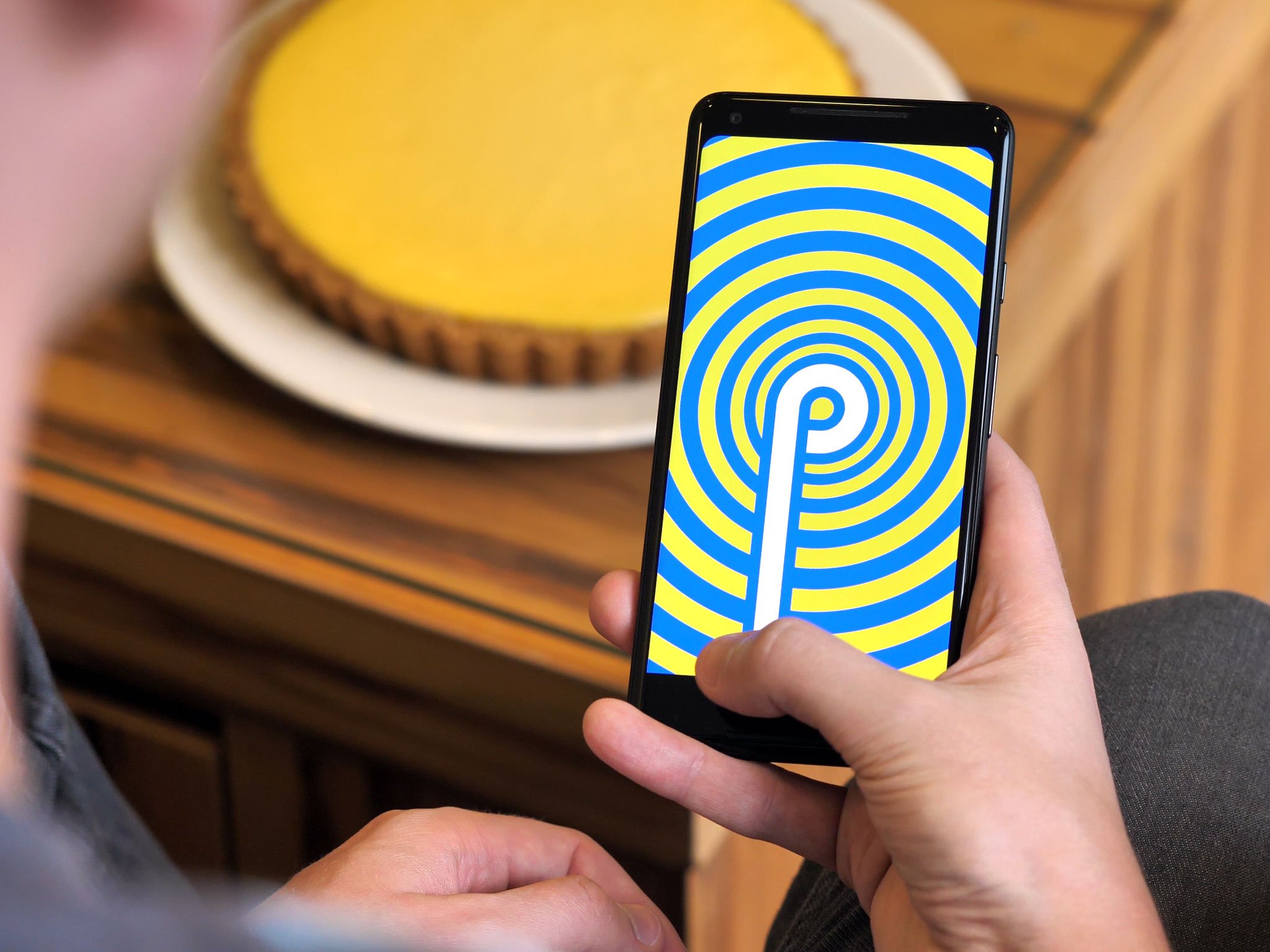


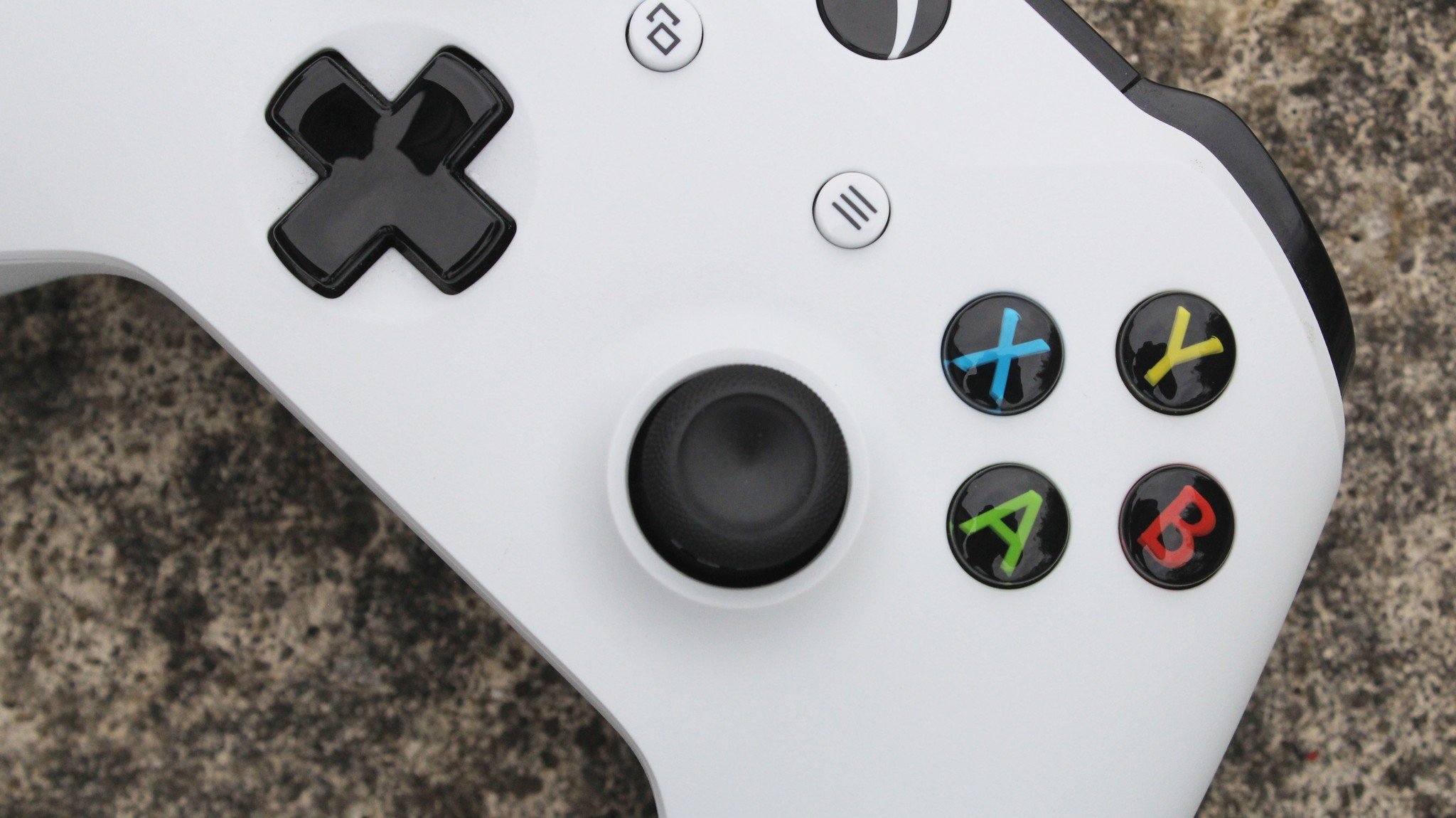

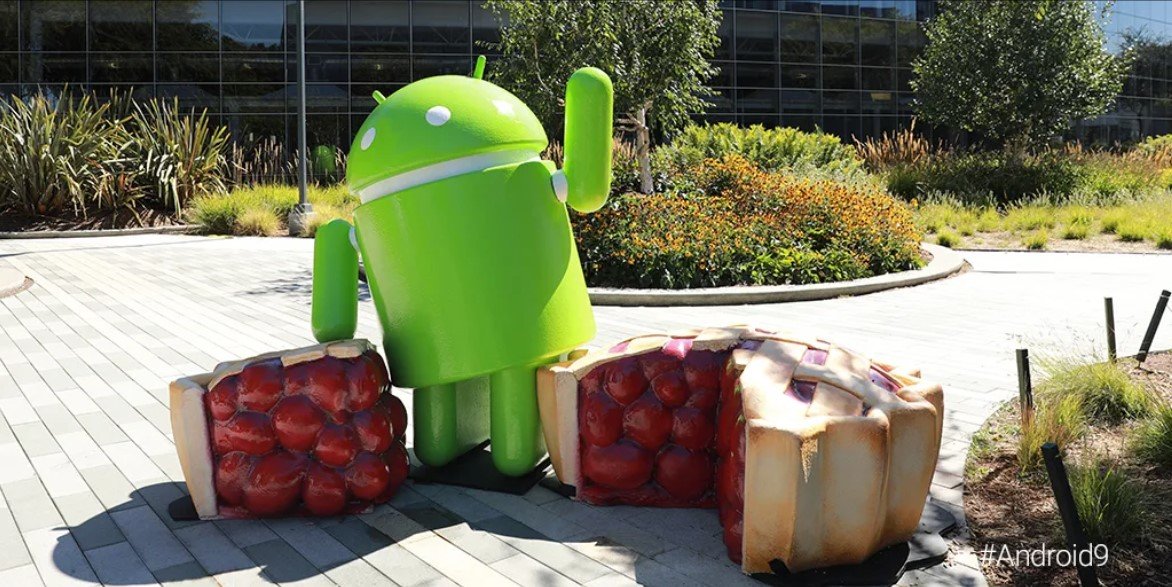

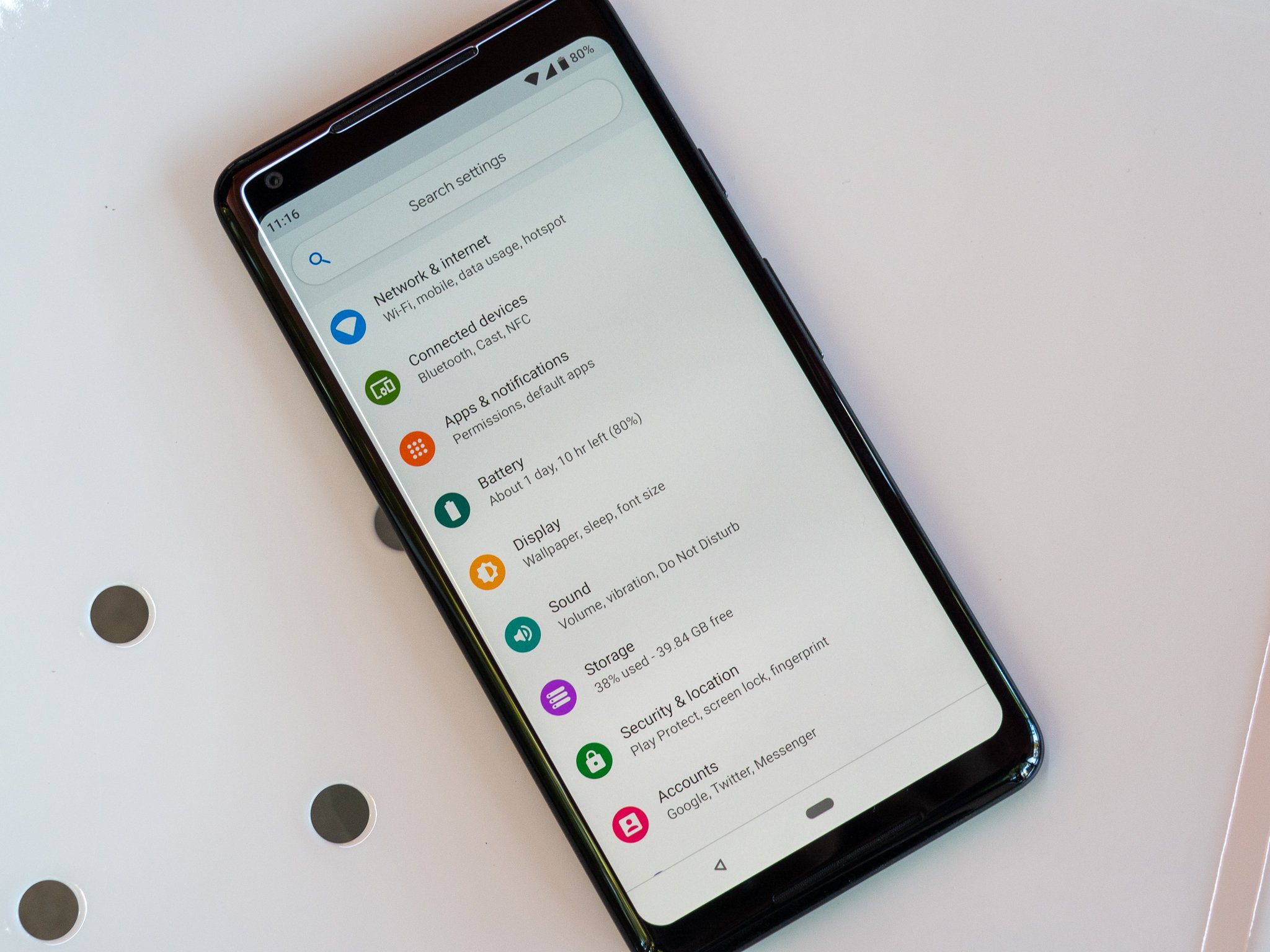
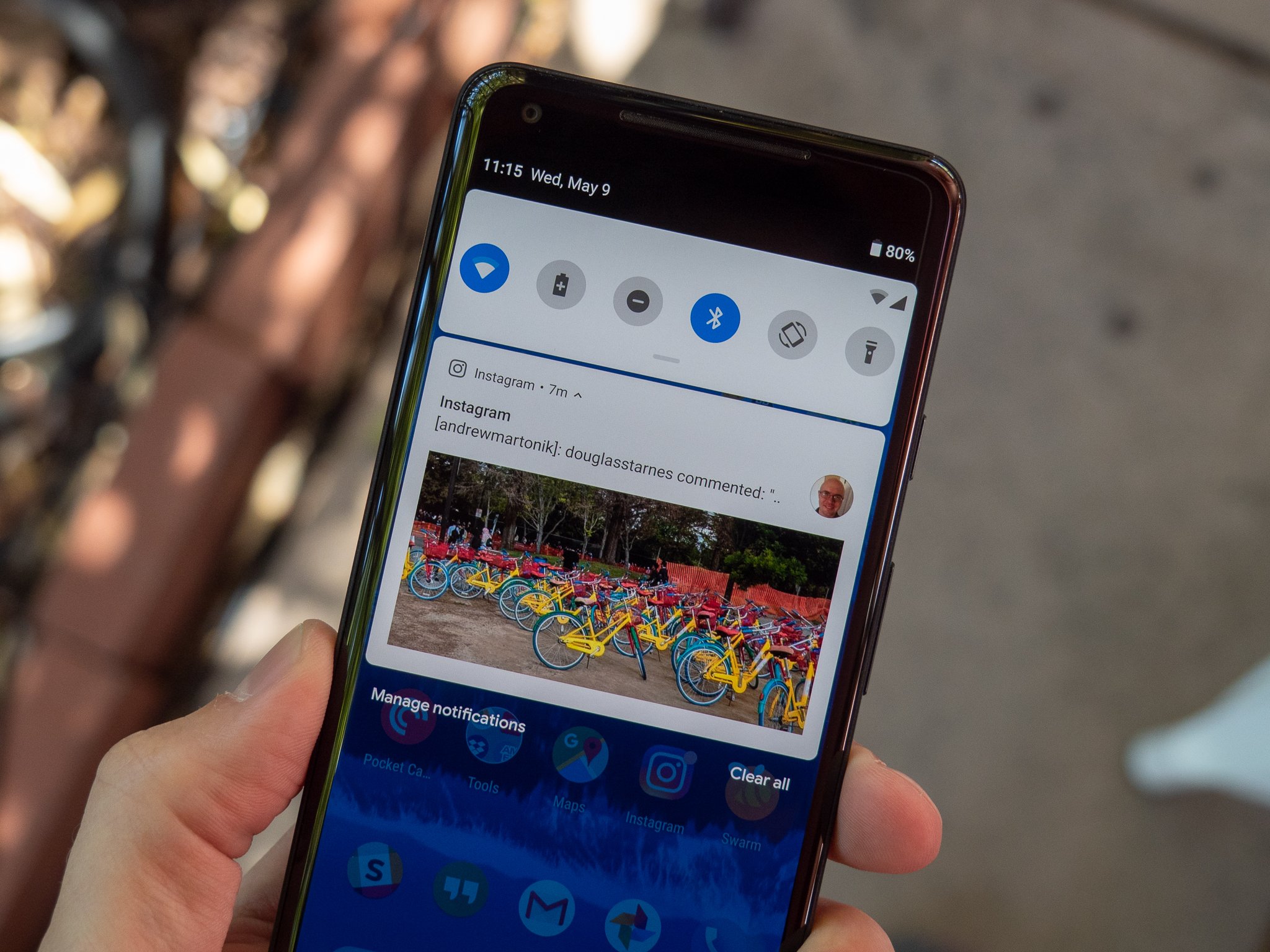
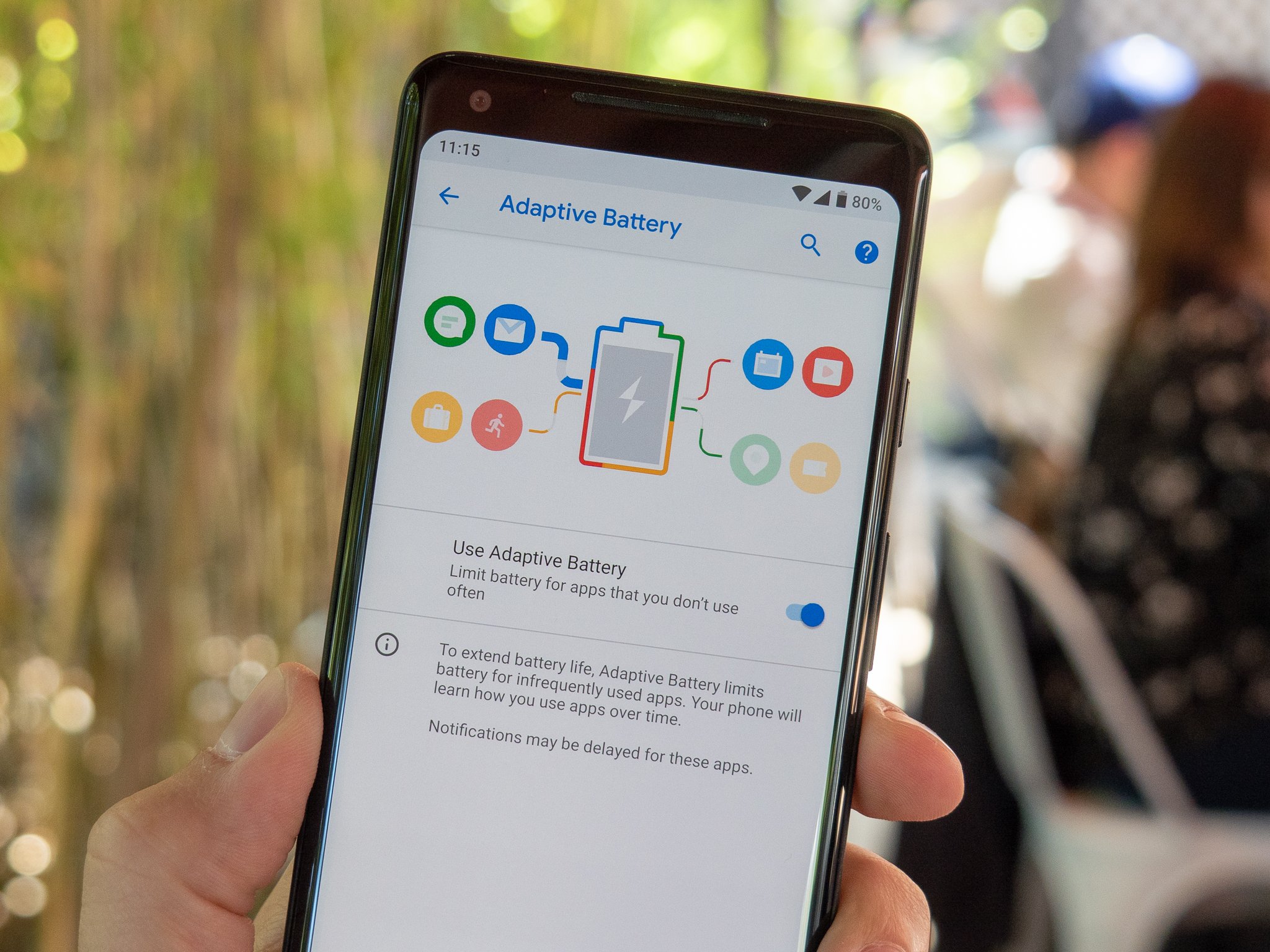


0 Response to "You Can See More: Samsung phones may finally get adoptable storage with Android Pie"
Post a Comment